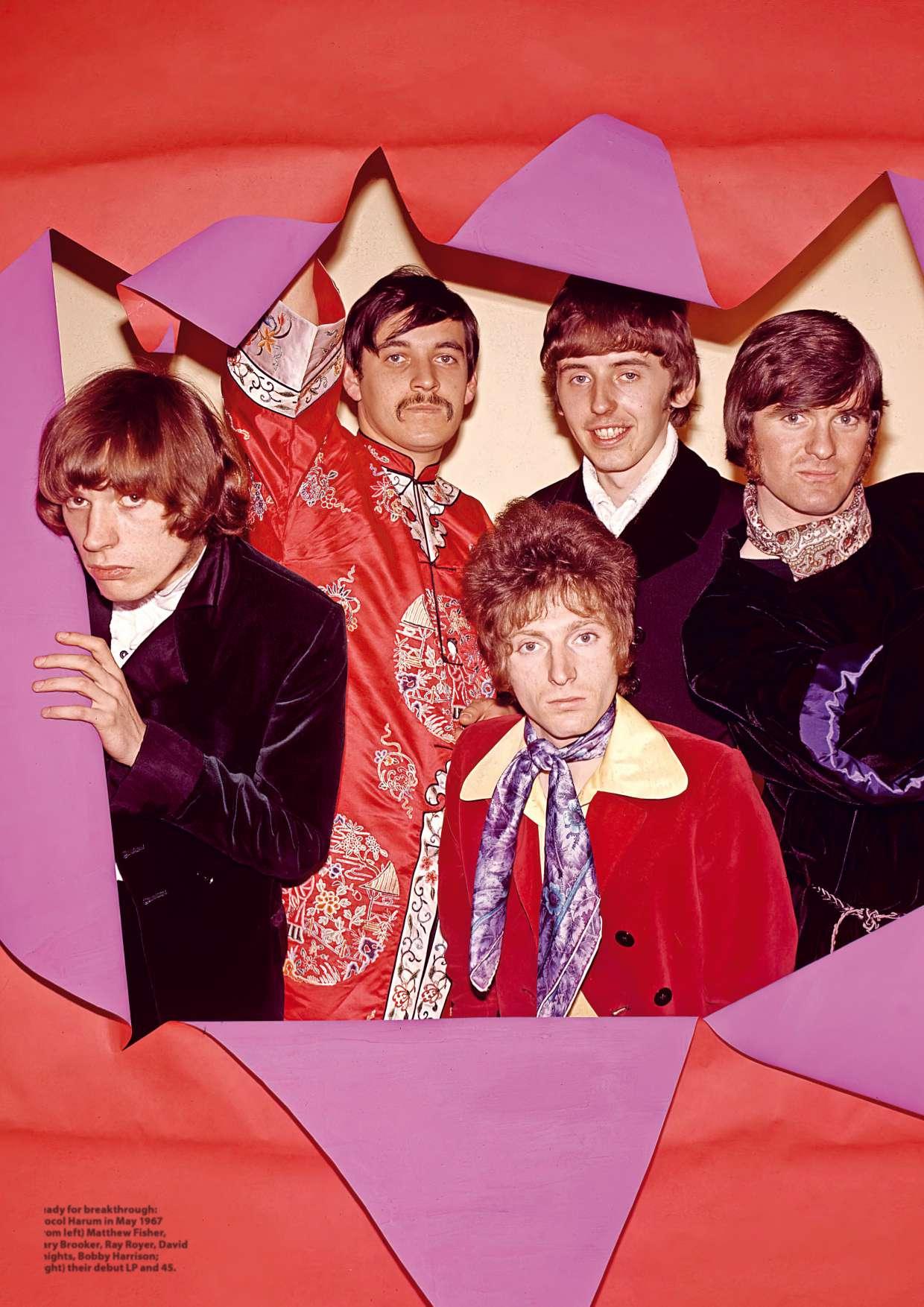
4 minute read
ELVIS PRESLEY
from M_09_22_acisuM
by aquiaqui33
Elvis played two shows at the Mosque that night, at 5 and 8pm. Promoted by Country & Western diskerie Railey’s Appliance Center, support acts include square dance performers Doris and Lee Strom and comic magician Phil Marquin. In between sets Elvis entertains himself by playing an accordion. He also does an interview with a local reporter, and runs through some songs with The Jordanaires. For the latter rehearsal, he has to open a theatre window and ask for some quiet from the screaming fans outside, who readily comply.
UCH WAS PHOTOGRAPHER Alfred Wertheimer’s access to Elvis Presley in the early part of 1956, he quipped that he even followed him into the bathroom. Accordingly, new photobook Elvis And The Birth Of Rock And Roll portrays Presley in disarmingly naturalistic style, as a rising star who could still take a train or visit his parents without the National Guard being deployed.
Advertisement
Wertheimer was only 26 himself, and had never heard of Elvis, when RCA Victor publicist Anne Fulchino hired him to document the movements of their up-and-coming client from Memphis. He first photographed the singer that Saturday, March 17 for his TV appearance on Tommy and Jimmy Dorsey’s variety broadcast Stage Show, when he sang Blue Suede Shoes and current Number 1 Heartbreak Hotel.
Wertheimer, who passed away in 2014, recalls in the book’s text how he shadowed Elvis admits he didn’t know any better – and amassed over 2,500 images. “Most of the time, Elvis never even knew I was taking his picture,” he recalled. “He was laser-focused on whatever he did, so I would wait until he was engaged – and he was always immersed in being Elvis – whether rehearsing, flirting with women, combing his hair, buying a ring…
The mostly black-and-white book, whose chapters are headed in period-sympathetic design by Nashville institution Hatch Show Print, who provided Elvis with posters in the ’50s, remains similarly close-up throughout. Other episodes include Elvis in RCA Victor Studio 1 in New York that July, picking up new threads Broadway, smooching with a lady friend, and enjoying July 4 with his family in Memphis. Another live engagement was Elvis’s charity show at Russwood Park later that day, which Wertheimer captured in spectacular style when light in front of Elvis and backlit the crowd,” he wrote. “It’s what Kodak tells you never to do, but it was a wonderful accident.”
Two years later, Wertheimer photographed Elvis shipping out to West Germany to do his military service. They would not meet again. as a cameraman (one eminent credit was the 1970 Woodstock movie) and observed that his Presley archive lay inert until Elvis’s death on August 16, 1977. After that day, his pictures were recognised and celebrated as the unique documents they were, prompting the photog signment of my life.” ➢

The image titled Starburst, created when a photographer in the crowd’s fashbulb serendipitously went of just as Wertheimer’s camera shutter opened. That night headliner
Elvis promises to donate one of his own diamond rings as a prize on the door, and tells the crowd, “Tonight you’re going to 36 MO O see what the real Elvis Presley is all about.”

Elvis, Scotty Moore and Bill Black play his hits at the Studio 50 theatre on Broadway. It’s Elvis’s fnal appearance on the TV variety show. As for the rocking sound that’s made him a star, Elvis muses this month, “nobody knew what they were doing, until we had already done it.” He also threatens to start wearing purple, after earlier causing a stir and outraging public decency by wearing a pink jacket.
At home, Elvis gets on his Harley-Davidson, only to fnd that it’s out of gas. After a volunteer goes for a full jerry can, he goes for a ride with Wertheimer, who had run out of flm. “I call these the best photographs I never got,” commented the photographer.

With TV host Steve Allen (left), Elvis plays ‘Tumbleweed’ Presley on Country & Western spoof Range Roundup, where he takes part in a comedy song which pastiches Blue Suede Shoes. On the same show, in evening dress, he’d sung Hound Dog to a Basset Hound in a top hat. “Steve has a weird mind, you know,” Elvis later observed.
M
Alfred Wertheimer (4) Alfred Wertheimer’s Elvis And The Birth Of Rock And Roll is published by Taschen. The hardcover edition contains 336 glossy pages of images and text, and costs £50. See www.taschen.com for more information.




